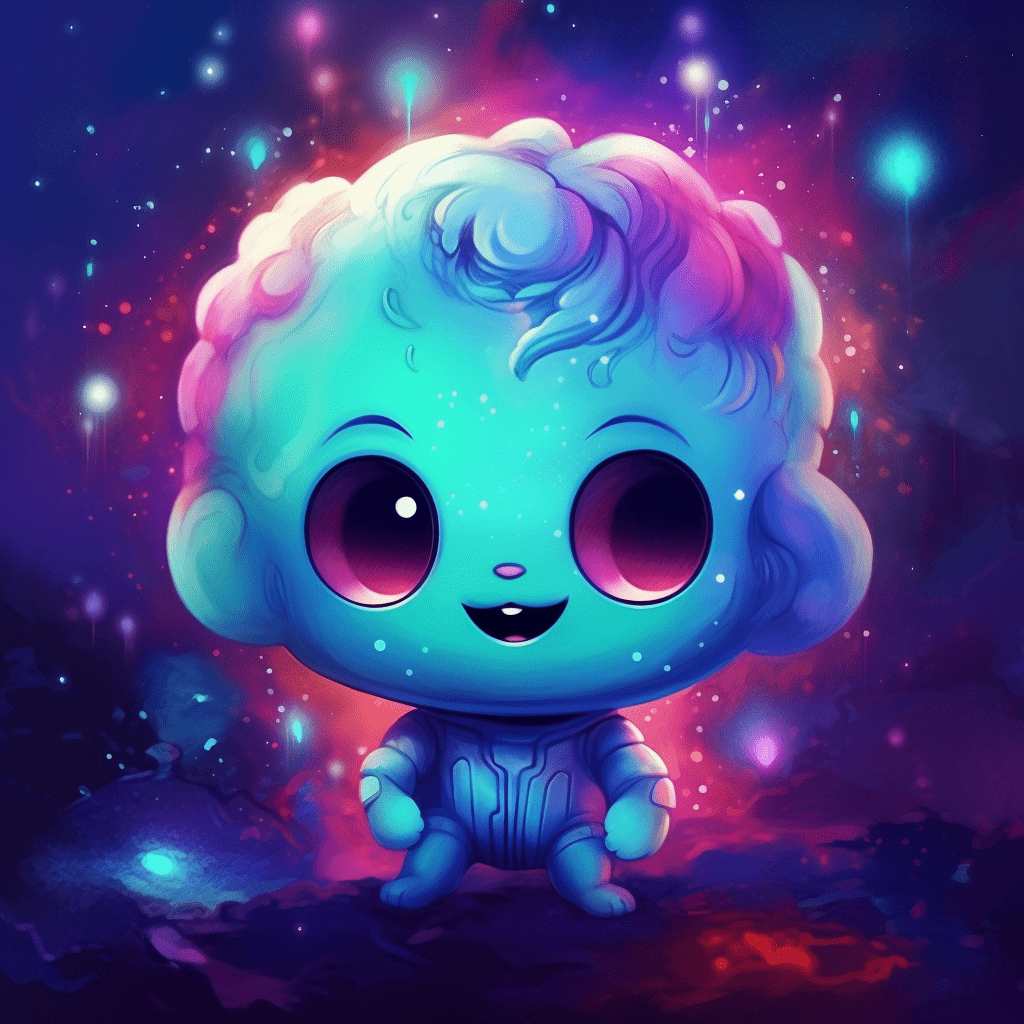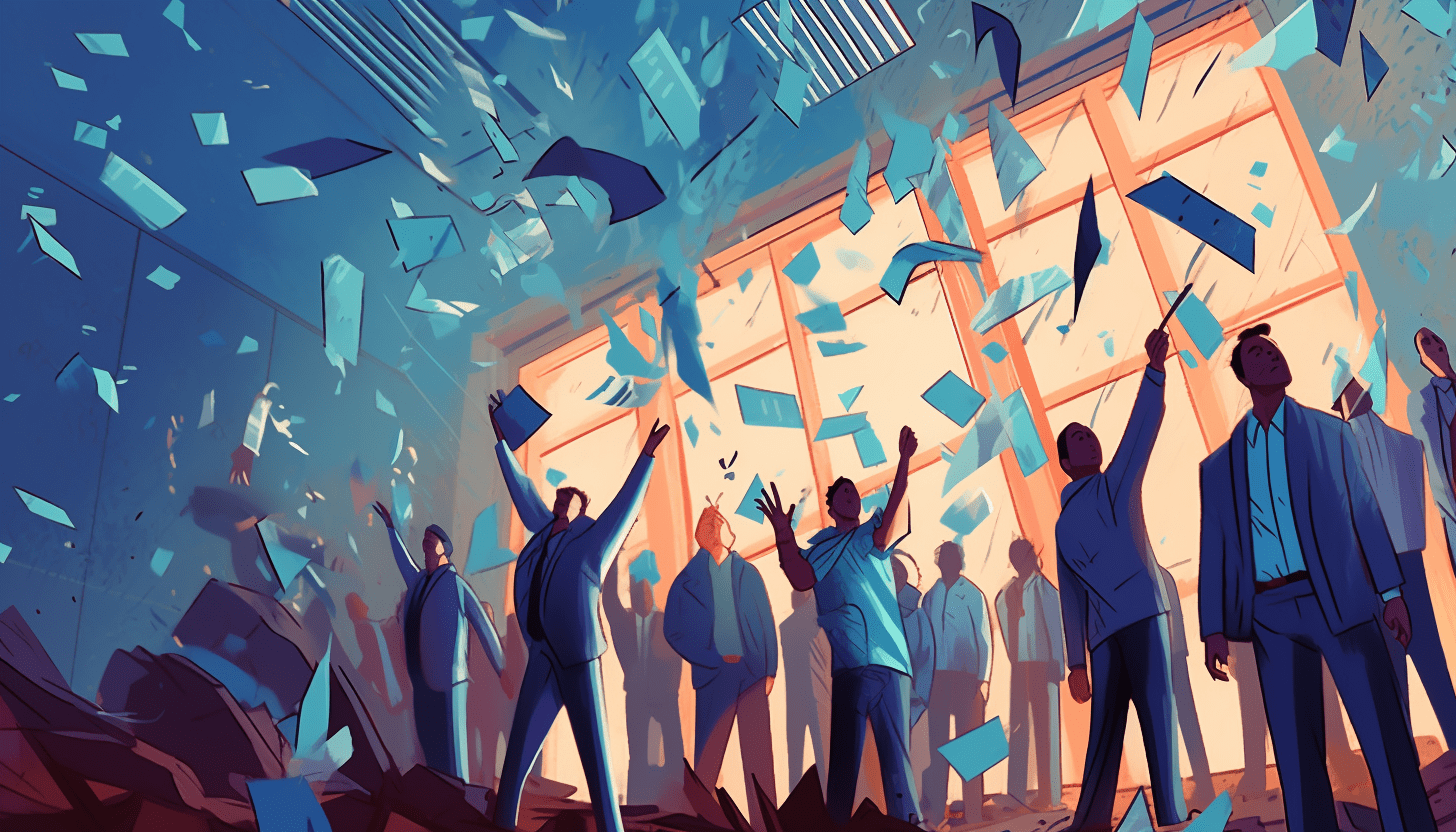In the rapidly expanding world of non-fungible tokens (NFTs), one tool is gaining significant attention – random NFT generators. These innovative platforms are providing artists with new ways to create unique digital artwork and get it out into the marketplace. But as with any technological advancement, there are both advantages and drawbacks to using a random NFT generator. Let’s explore both sides of the coin to give you a comprehensive understanding of this burgeoning technology.
The Pros of Using a Random NFT Generator

Creative Exploration and Innovation
At the heart of the random NFT generator’s appeal is the opportunity for creative exploration and innovation. Artists can experiment with different styles, themes, and elements, pushing the boundaries of their usual style. This process can lead to the creation of unique and unexpected art pieces, sparking innovation and expanding the artist’s creative horizons.
Efficiency and Speed
Creating a series of unique NFTs manually can be a time-consuming process. Random NFT generators, on the other hand, can generate hundreds or even thousands of unique pieces in a fraction of the time. This efficiency allows artists to focus more on the creative process and less on the technical aspects of creating and minting NFTs.
Scalability
For artists who want to create large collections or series of NFTs, a random NFT generator is an invaluable tool. The generator can quickly produce a vast number of unique pieces, enabling artists to scale their operations and potentially reach a larger audience.
The Cons of Using a Random NFT Generator

Lack of Creative Control
While random NFT generators can spur creativity and innovation, they also come with a degree of unpredictability. The random combination of different attributes and elements means artists relinquish some control over the final product. For some, this uncertainty may be a source of excitement, but for others, it may be a deterrent.
Risk of Oversaturation
The ease and speed with which random NFT generators can produce art might lead to an oversaturation of the market. With so many unique pieces being created and listed for sale, the value of individual NFTs could potentially be diluted. This oversaturation could make it more challenging for artists to stand out and sell their work.
Technical Challenges and Learning Curve
While random NFT generators can simplify the process of creating NFTs, they also come with their own set of technical challenges. Artists need to familiarize themselves with the platform and understand how to optimize the generator to produce desirable results. This learning curve could be a potential barrier, especially for artists who are less tech-savvy.
Environmental and Ethical Concerns
The creation and trading of NFTs are associated with significant energy consumption due to the computational power required by blockchain technology. As such, the large-scale creation of NFTs using random generators could contribute to this environmental issue. Moreover, the potential for copyright infringement or plagiarism is another concern, as generators could potentially be used to create and sell NFTs that infringe on the intellectual property rights of others.
The Role of AI and Machine Learning in Random NFT Generators
AI and machine learning are increasingly being incorporated into random NFT generators, adding a layer of complexity to their operation. These technologies can enhance the design process by learning from previous iterations and improving the generation of new designs.
On one hand, the integration of AI and machine learning can lead to more sophisticated and appealing designs, offering artists a powerful tool for innovation. However, this also raises questions about the role of the artist in the creative process and the ownership of AI-generated art. As the world of NFTs continues to evolve, random NFT generators are likely to become more sophisticated and prevalent.
Adapting to Changes and the Future of Random NFT Generators

As these tools evolve, artists and the wider NFT community will need to adapt and find ways to address the challenges they present. This might involve developing new strategies to stand out in a saturated market, learning new skills to navigate the technical complexities of these platforms, or advocating for more sustainable and ethical practices in the NFT industry.
Moreover, as AI and machine learning become more integrated into these platforms, questions about creativity, authorship, and ownership will need to be addressed. The conversation around these issues is only just beginning, and it will be fascinating to see how it develops as the technology evolves.
In conclusion, random NFT generators offer a plethora of opportunities for artists to innovate, experiment, and scale their operations. However, they also present challenges that need to be navigated carefully. By understanding the pros and cons of these tools, artists can make informed decisions about how best to incorporate them into their practice.
